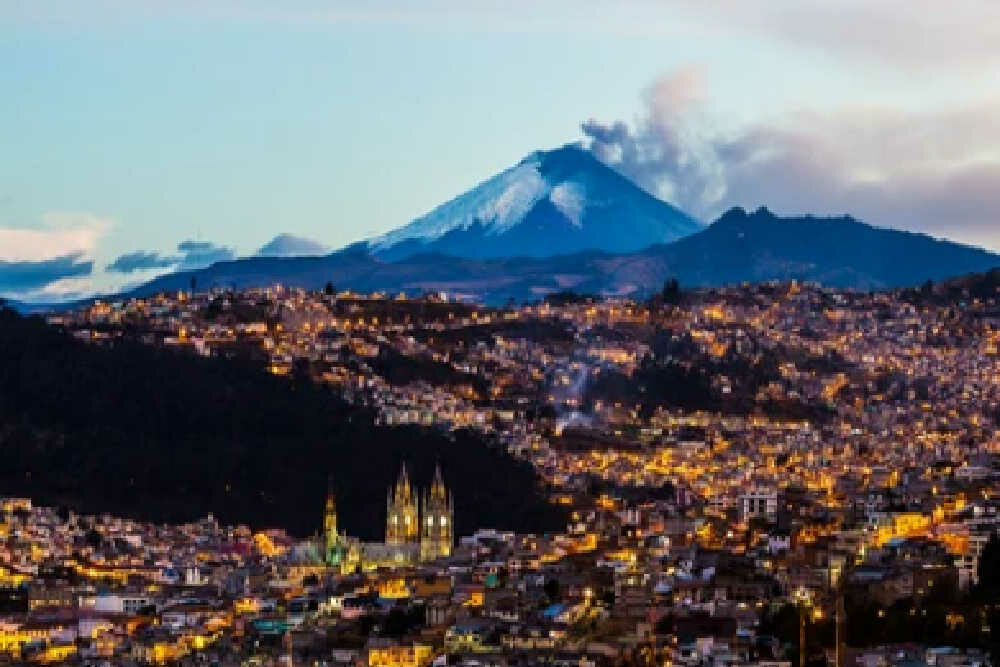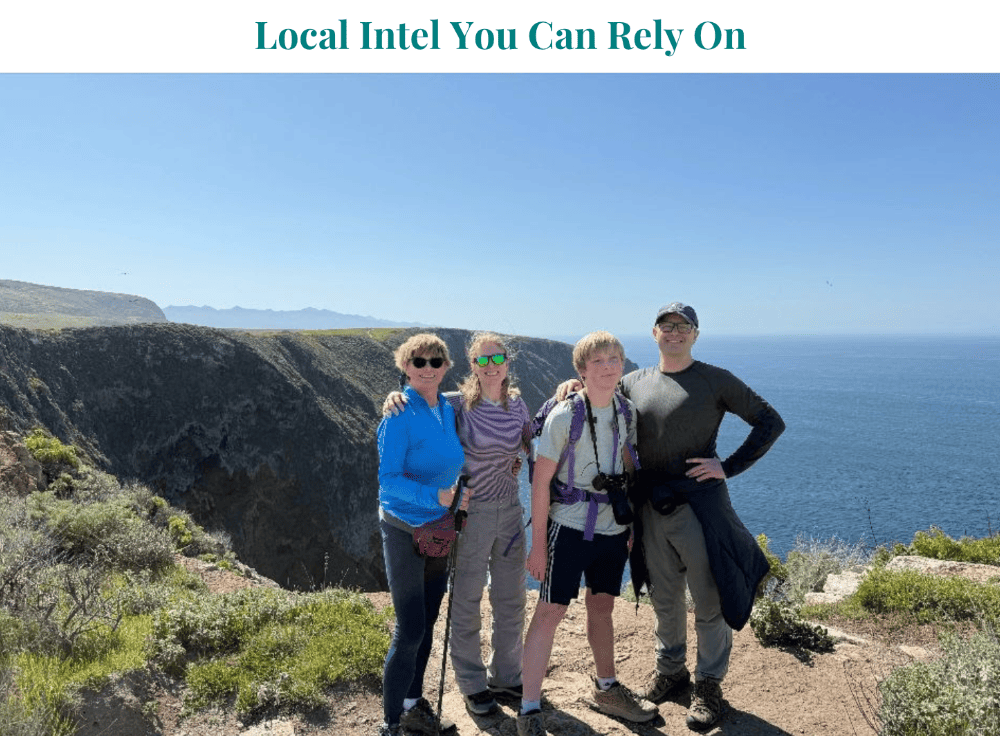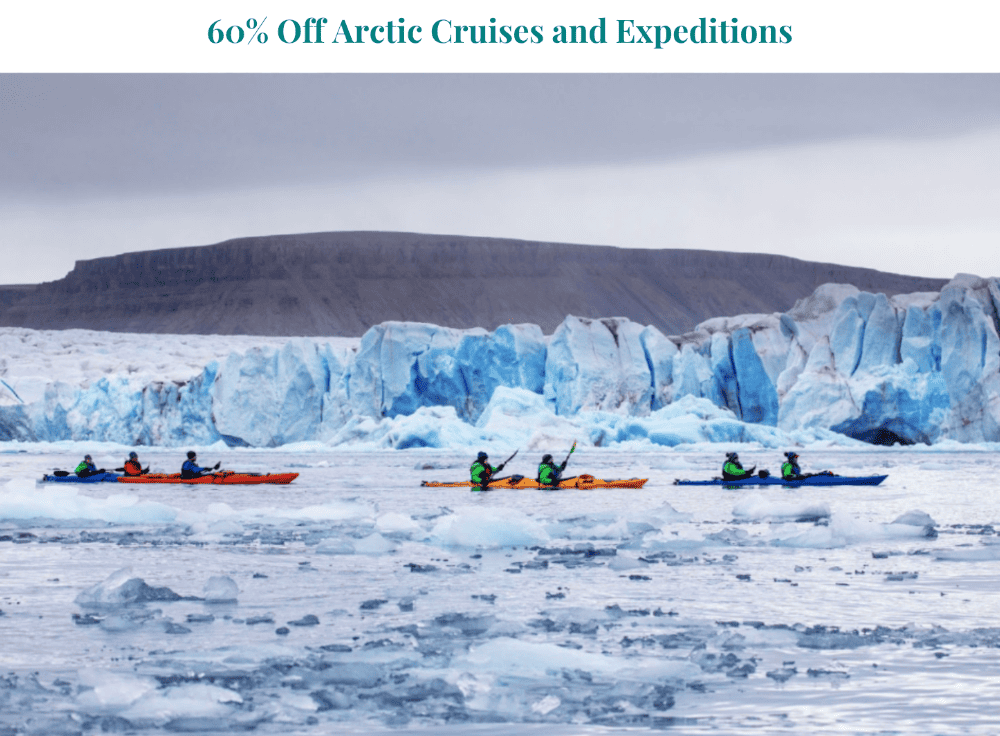Galápagos Islands: Insider’s Guide to the Best Ships and Itineraries
 We'll show you how to make the most of your time in the Galápagos Islands. Photo: Shutterstock
We'll show you how to make the most of your time in the Galápagos Islands. Photo: Shutterstock
The insider advice on this page is from one of Wendy’s Trusted Travel Experts for the Galápagos Islands: Allie Almario of Premier Tours.
Allie’s passion for wildlife conservation, photography, and indigenous cultures helps explain her fascination with Latin America, especially the Galápagos Islands. As the former executive director of the International Galápagos Tour Operators Association, Allie has a bead on which ships operate sustainably and support local conservation efforts—and which don’t. She can pinpoint the best luxury ship for your needs, and she can even acquire a private guide (for a price) if you prefer private shore excursions. If you’re spending a few days on Santa Cruz Island, she can arrange for you to interact with the one part of the ecosystem that visitors so often miss—the Galápagos’ human inhabitants. Allie helped edit the bestselling guide to the region, The Galápagos Islands: The Essential Handbook for Exploring, Enjoying and Understanding Darwin’s Enchanted Islands, and she served as location scout for the acclaimed documentary The Galápagos Affair: Satan Came to Eden.
Ships and Cabins
Best-value ship
The Coral I. This first-class ship carries 36 people, and the range of cabin categories and cruise lengths helps the budget-conscious.
Don’t book any ship lower than superior tourist class unless you want iffy service and less-experienced (and less English-proficient) naturalist guides.
Best ships for a splurge
The Hermes, considered a mega catamaran, is the first ultra-luxury cruise ship to sail in the Galápagos. With a guest capacity capped at 20, Hermes has a crew-to-guest ratio of almost 1 to 1. All suites feature their own private balconies and jacuzzis.
The 16-passenger Aqua Mare is the Galápagos’ first self-proclaimed superyacht. By law, the Galápagos National Park requires at least one naturalist guide for every 16 guests on any excursion; this yacht provides one guide per eight guests. The Owner’s Suite boasts a remarkable ten windows.
Best large ship
The Santa Cruz II. With 90 passengers, the ratio is usually one guide to just 11 guests, and the majority of cabins are inter-connected and have convertible beds (king beds that can be made into two twins, for example).
Best ship for families
The 100-passenger Legend is one of the few Galápagos ships to offer the elusive quad suite, which holds up to four people.
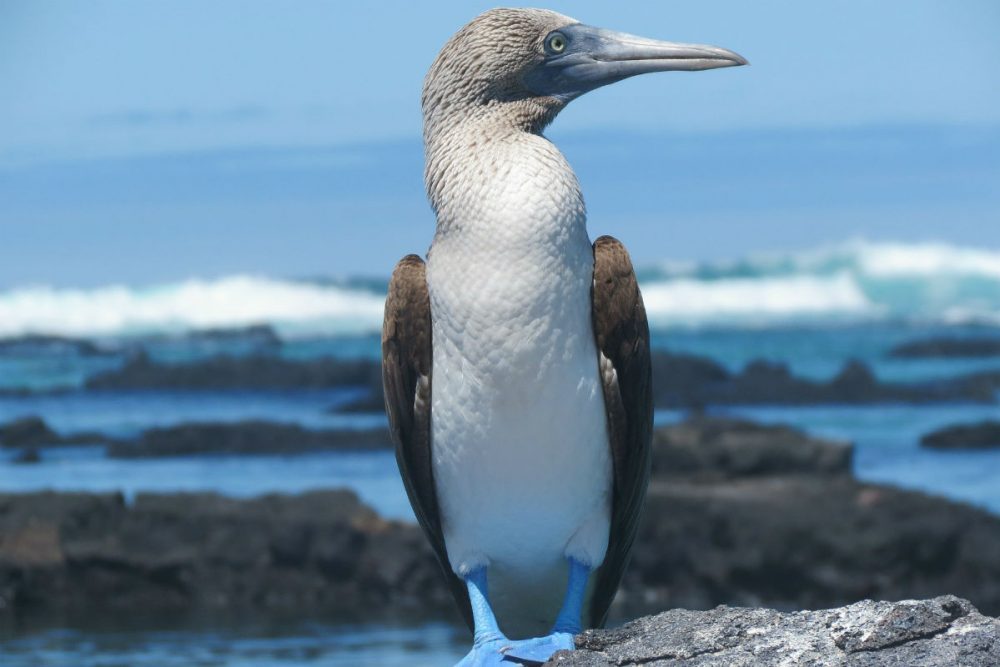
Blue-Footed Booby, Galápagos Islands. Photo: peterstuartmill/Pixabay
Cabins worth the splurge
The modern, sleek design of the Origin, Theory, and Evolve makes these identical 20-passenger yachts a top choice among the younger crowd and those seeking full-week sailings. Combine two cabins to create one of the largest suites available on any ship.
Prone to seasickness?
Allie works with a fleet of double- and triple-hulled catamarans, which are more stable and ensure that your sailing will be as smooth as glass. Sure, the ships may still rock while anchored, but you’ll be more comfortable overall on a catamaran. Bonus: Many of them offer balconies, so you can easily step outside to get fresh ocean air and keep your eye on the horizon.
Tip for solo travelers
Since most of the Galápagos’ small ships operate on very thin profit margins, it’s almost impossible to find bargains as a single traveler. (In a ship with only a dozen or so cabins, an empty bed can mean operating at a loss.) A handful of luxury catamarans have one cabin reserved for single travelers with no single supplement, but they are available only if you are traveling in a group of three or more. Just a few ships have dedicated single cabins—smaller in size, but at least you are not paying as hefty a single supplement.
Where to Cruise
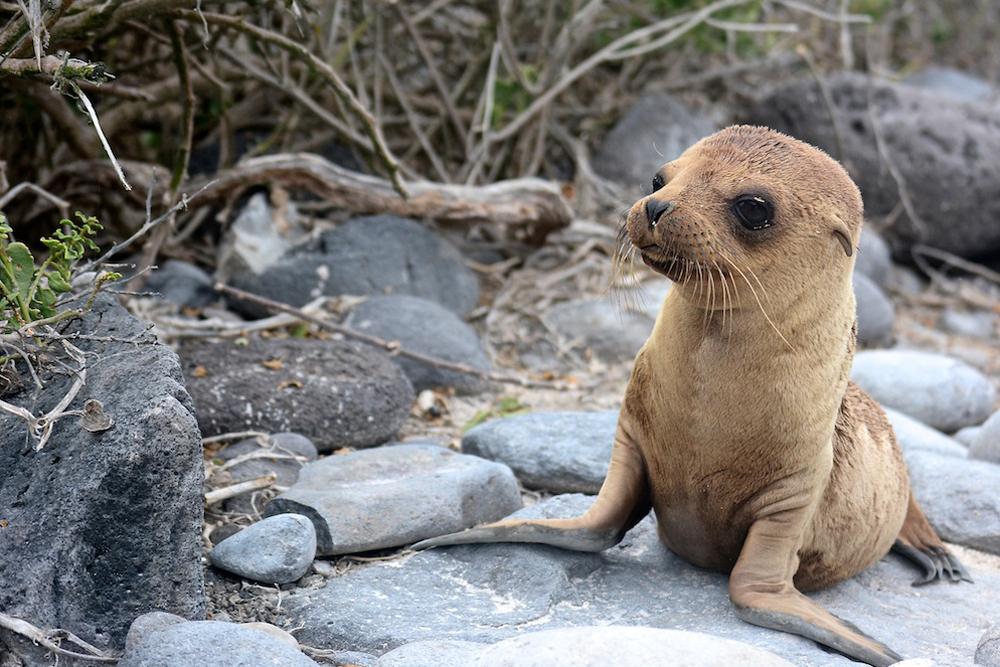
A baby sea lion in the Galápagos Islands. Photo: Melinda Zitin
Need to know
The Galápagos National Park has chosen the most appealing visitor sites on the islands and assigns each ship an itinerary meant to maximize the variety of landscapes and wildlife seen—while minimizing human impact. Once travelers narrow down their ship choices, Allie provides sailing itineraries and a caveat: Due to weather conditions or national park rules, the plans may change while they are there.
If you are interested in seeing a specific wildlife species, Allie can tell you which itinerary will give you the best chance of seeing it. For example, the flightless cormorant is only found on the islands of Isabela and Fernandina.
Don’t-miss port
Puerto Ayora. On the only inhabited island on most itineraries (Santa Cruz), the Galápagos’ largest village is a practical pit stop. You can pick up supplies, get cash out of an ATM, check emails, or make phone calls. Here you’ll also find hotels, a medical clinic, handicraft shops, restaurants, grocery stores, banks, and the Charles Darwin Research Station.
Best shore excursions
Most ships call on both Bartolomé and Isabela islands during their weeklong itineraries, but on short cruises (four or five days) you may only visit one or the other. Bartolomé Island is where you’re most likely to snorkel with marine iguanas, play with sea lions, and tread next to a bunch of bobbing penguins near the iconic Pinnacle Rock. And after climbing more than 300 steps to the top of Bartolomé, you will have the best views of Santiago Island and its amazing alien-looking landscape—you’ll swear you’re on the moon! Isabela, one of the largest islands in the Galápagos, is ideal for short trips because you can do and see a lot. You could, for instance, hike to the top of Sierra Negra, one of the most active volcanoes in the world and home to the world’s second-largest caldera (an almost six-mile-long ridged crater). Or you could snorkel amid baby fish and sea lions in the mangrove-shaded La Concha de Perla Bay, which is calm and shallow—perfect for nervous first-time snorkelers.
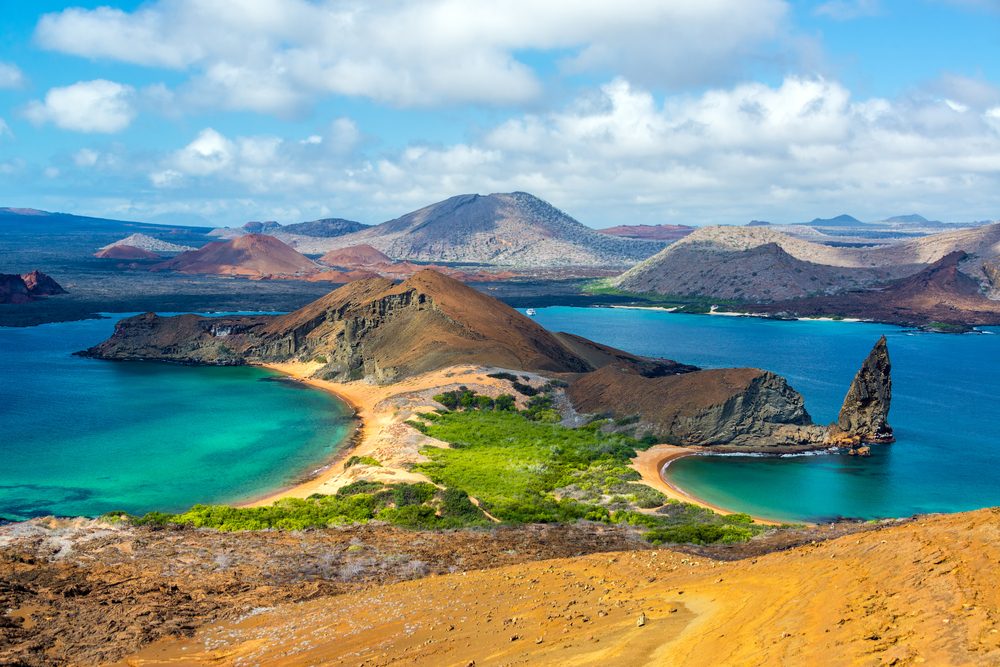
The view from the top of Bartolomé Island is hard to beat. Photo: Shutterstock
Side trip
La Danesa Hacienda, about an hour’s drive from Guayaquil, makes for a lovely day trip from the city (itself a common but uninteresting gateway to the islands). Host Niels Olsen shares his family’s private estate and estancia with a handful of guests. You will be met by Niels or his estate manager upon arrival, and they will design the day based upon your interests: You might head out for a horseback ride; or perhaps you’ll choose to handpick cacao from their plantation, make fresh chocolate from it, and enjoy it after lunch. Kids can float lazily down the river surrounding the grounds or meet some local children.
Touring by land vs. touring by sea
Recent years have seen more land-based accommodations sprouting up in the Galápagos. Cruises are very efficient, allowing you to visit more islands and see how evolution has affected each ecosystem differently. Land-based tours are better for people who don’t want to sleep on a boat and prefer a bit more independence and beach time—but you’ll definitely want to add day trips to nearby islands in order to see a variety of wildlife and landscapes.
The Finch Bay Hotel is a lovely little resort tucked away from the town of Puerto Ayora. It requires a boat ride to get there, plus a few minutes of walking, but it’s well worth the effort for the privacy and access to nearby coves and hiking trails. The Finch Bay is the only hotel on Santa Cruz Island with a beach and a pool (the latter a favorite hangout for the hilarious ducks who like to crash land into it), and they have their own small boats for excursions to nearby islands. This place has just 27 rooms and is quite popular, so book way in advance; only the suites have ocean views. The Galápagos Safari Camp feels a bit like a tented experience in Africa—but instead of elephants and hyenas, you have rare birds and ancient tortoises roaming the property.
Best Times to Go

The water is warmest in the Galápagos from December through March, so that’s the best time for swimming and snorkeling (even though it can be a bit rainy). Spring-break weeks and June and July are best if you’re traveling with children, since you’re most likely to meet up with other families at these times of year. As for wildlife, you’ll see breeding, mating, or birthing no matter the season. Allie can give you a list of what you’re likely to see during various times of year.
Spring break, Christmas, and New Year’s are by far the most sought-after travel dates of the year, so you need to book at least eight months in advance to get the widest choice of ships, cabins, and travel dates. For spring breakers, start planning as soon as you have the school schedule.
Best Time for a Deal
Last week of November, first week of December, and first week of January. Galápagos cruises that depart during these three “secret” weeks are often a bargain because they’re before or after major holidays and demand is low.
Worst Times to Go
August and September. There’s no bad time to go to the Galápagos, but since the waters are choppiest in this period, the seasick-prone should steer clear. Many ships take September off, so availability is limited.
Adults who don’t want to travel with lots of kids should avoid the spring-break weeks that can range from late March to mid-April.
Minimum Cruise Length
Allie doesn’t recommend anything shorter than a five-day cruise. Even that gives you only three full days to sightsee: You won’t board the ship until lunchtime on the first day, and you’ll disembark in the morning on your last day.
Best Shipboard Activity
Stargazing. Since you’re on the equator, you can see the stars from both hemispheres. And since you’re cruising through one of the least-populated places on earth, there is zero light pollution. The skies are clearest from April through June.
Airport Intel
Arrive in Ecuador at least two days before your Galápagos cruise departs. That way, if your flight from the U.S. is delayed or cancelled, you have an extra day to make up the time so you won’t miss your connection to the Galápagos on the morning of your cruise. And if your luggage doesn’t make it with you, hopefully it’ll still get to you in time for the Galápagos.
Try to arrive no later than 10pm. The airport is roughly 45 minutes from downtown, and it will take you at least an hour to collect your luggage and go through customs. Note that many Galápagos flights originate in Quito before stopping in Guayaquil, so you may have a pre-dawn pick-up on the day your cruise starts.
If your primary focus is just the Galápagos, fly into Guayaquil, the nearest airport to the islands. It’s at sea level and you’re just a 90-minute flight to the islands. If you are interested in exploring more of Ecuador, Quito is by far the better choice. It is located high in the Andes, so pace yourself to adjust to the 9,300-foot elevation.
On your way home: The Quito airport doesn’t have any airline-specific lounges, but you can use the airport’s private lounge for about $40 per person.


